Pashmina Stole to Meenakari Bird Figure: PM Modi Gifts Indian Artworks to His Counterparts in Europe

views
From Dokra boat and Rogan painting to Pashmina stole in a papier mache box, Prime Minister Narendra Modi’s gifts to his foreign counterparts during his three-day Europe tour showcased Indian arts and tradition.
Modi gifted the Dokra boat from Chhattisgarh to HRH Crown Prince Fredrik of Denmark, while he gave a Rogan painting from Gujarat to Denmark’s H.M. Queen Margrethe.
The PM gifted a silver Meenakari bird figure from Varanasi to Danish HRH Crown Princess Mary, a brass Tree of Life from Rajasthan to Finland PM Sanna Marin, Dhaal with Koftgiri art from Rajasthan to PM of Norway Jonas Gahr Store, a wall hanging with Kutch embroidery to Denmark PM Mette Frederiksen and the Pashmina stole in a papier mache box from Jammu and Kashmir to Sweden PM Magdalena Andersson.
Here’s what these gifts signify:
DOKRA BOAT FROM CHHATTISGARH FOR HRH CROWN PRINCE FREDRIK OF DENMARK
Dhokra (also spelt Dokra) is a non-ferrous metal casting using the lost-wax casting technique. This sort of metal casting has been used in India for over 4,000 years and is still used.
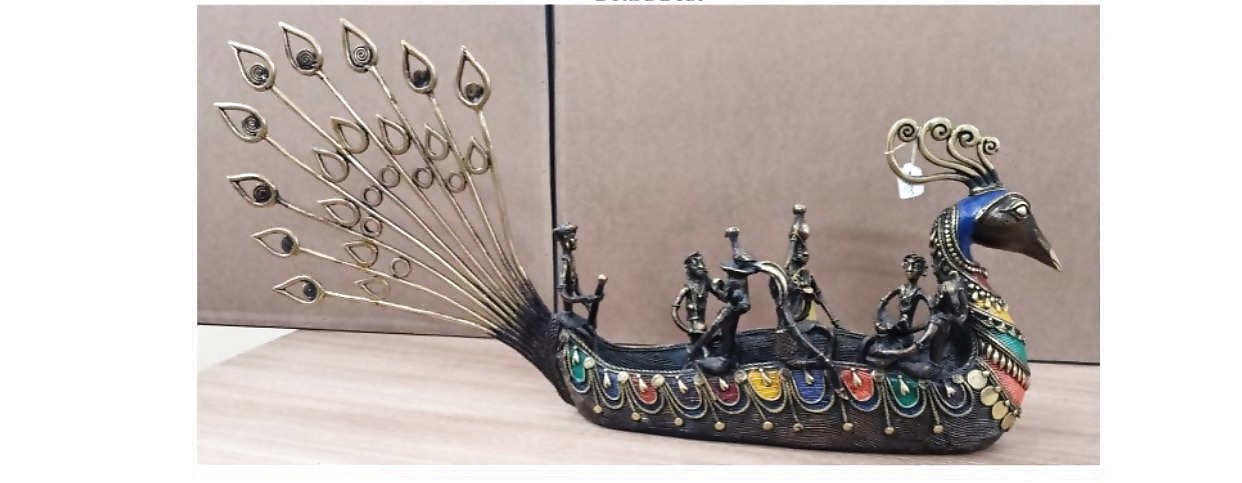
There are two main processes of lost wax casting – solid and hollow casting. The product of artisans, who are mainly from the Central and Eastern India, are in great demand in domestic and foreign markets because of simplicity, enchanting folk motifs and forceful form.
ROGAN PAINTING FROM GUJARAT FOR H.M. QUEEN MARGRETHE
Rogan painting is an art of cloth printing practised in the Kutch district of Gujarat. In this craft, paint made from boiled oil and vegetable dyes is laid down on fabric using either a metal block (printing) or a stylus (painting). The craft nearly died out in the late 20th century, with Rogan painting being practised by only one family. The word ‘Rogan’ comes from Persian, meaning varnish or oil.
The process of applying this oil-based paint to fabric began among the Khatris, a community of Kutch, Gujarat.
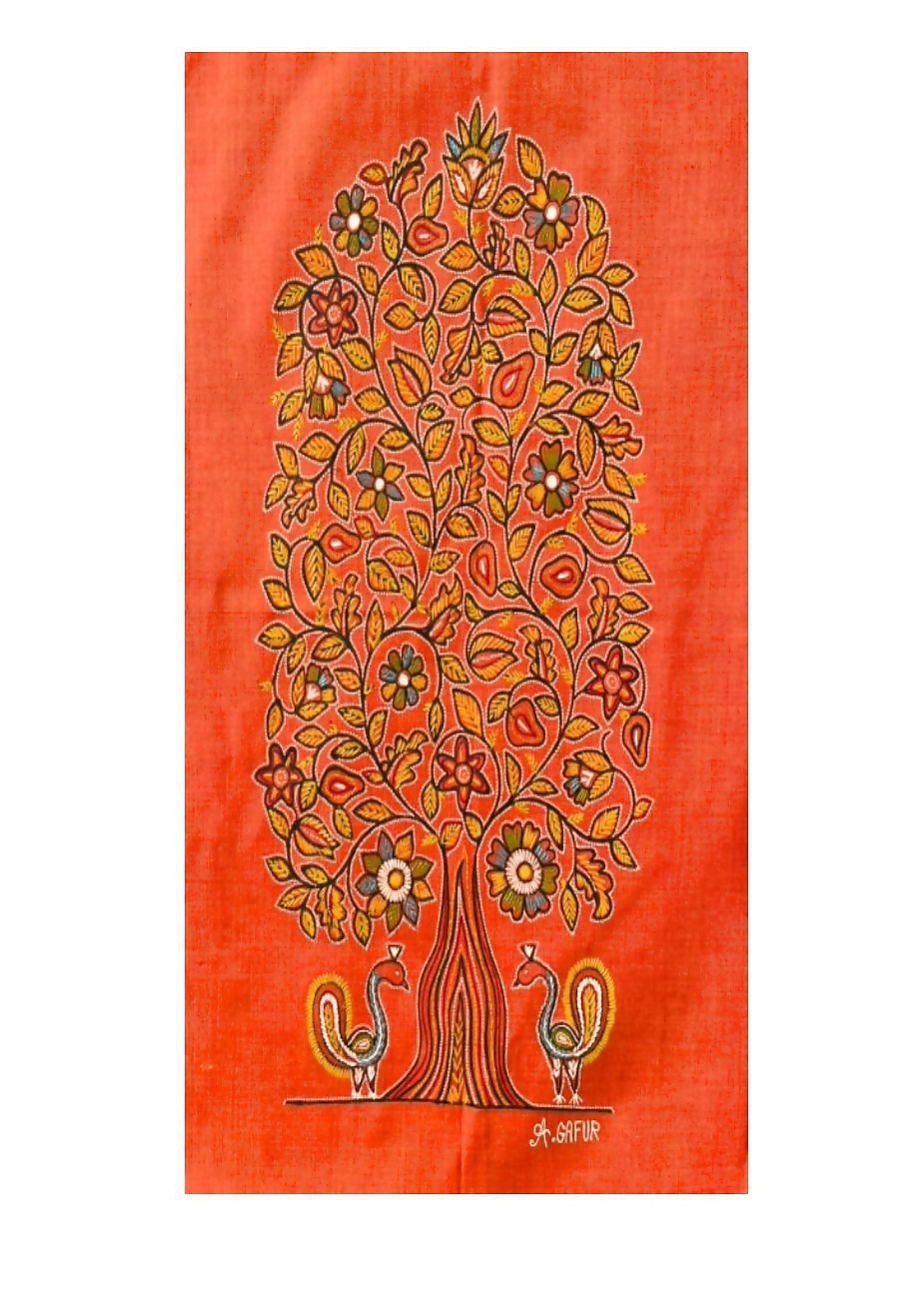
The process of making Rogan painting is laborious and skillful. Artists place a small amount of this paint paste into their palm.
At room temperature, the paint is carefully twisted into motifs and images using a metal rod that never comes in contact with the fabric. Next, the artisan folds his designs into a blank fabric, thereby printing its mirror image.
SILVER MEENAKARI BIRD FIGURE FROM VARANASI FOR HRH CROWN PRINCESS MARY
The art of silver enameling practised in Varanasi is almost 500 years old. The art has its roots in Persian art of Meenakari (Meena is the Persian word for glass).
The most distinguishing element of Varanasi Meenakari is the use of pink colour in various shades on various products. The base is a silver sheet, which is fixed on a metallic base.
The sheet fixed on base mould is beaten lightly to get a fitting form of the mould.

The preliminary product is taken off in a spliced form and is deftly joined. On this, a design is worked with a metallic pen. The ‘Meena’ is ground to a fine powder and mixed with pomegranate seeds in water.
Thereafter, it is fixed on various parts of the product with a flat metallic tool called ‘qalam’. The finished product is decorated with semi-precious stones and pearls.
BRASS TREE OF LIFE FROM RAJASTHAN FOR FINLAND PM
The Tree of Life symbolises development and growth of life. The branches of a tree grow and develop upwards and contains various life forms, representing inclusiveness.
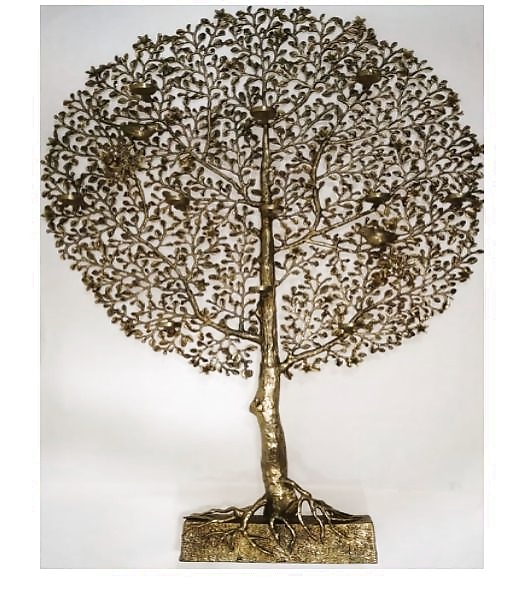
This hand-crafted wall decorative art-piece depicting ‘Tree of Life’ is made of brass, and is an example of the excellent craftsmanship and rich tradition of India. The roots of the tree represent connection with the earth, leaves and birds represents life and candle stand represent light.
DHAAL WITH KOFTGIRI ART FROM RAJASTHAN FOR PM OF NORWAY
Tarkashi (Koftgiri) on metal is a traditional art of Rajasthan used to decorate arms and armour. Today, it has been diverted to the decoration of objects such as picture frames, boxes, walking sticks and decorative swords, daggers and war accessories like shields.
Koftgiri is the inlay work with silver and gold wires.
Koftgiri craft is intended to enrich the surface of the metal of which the article is made.
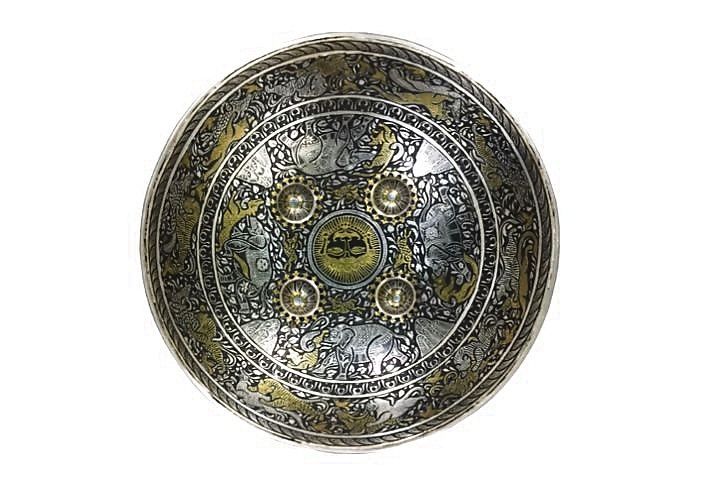
The base metal is a mixture of three types of iron – soft, hard and high.
The layers of these three types of iron are hammered till they are completely mixed and one base metal is made, blades in different shapes are made out of it and this blade is dipped into a solution of three herbs which brings out the design engraved on blade.
Finally, the blade is rubbed and polished with very fine paper.
WALL HANGING WITH KUTCH EMBROIDERY FOR DENMARK PM
The Kutch embroidery is a handicraft and textile signature art tradition of the tribal community of Kutch district in Gujarat.
This embroidery, with its rich designs, has made a notable contribution to the Indian embroidery traditions.
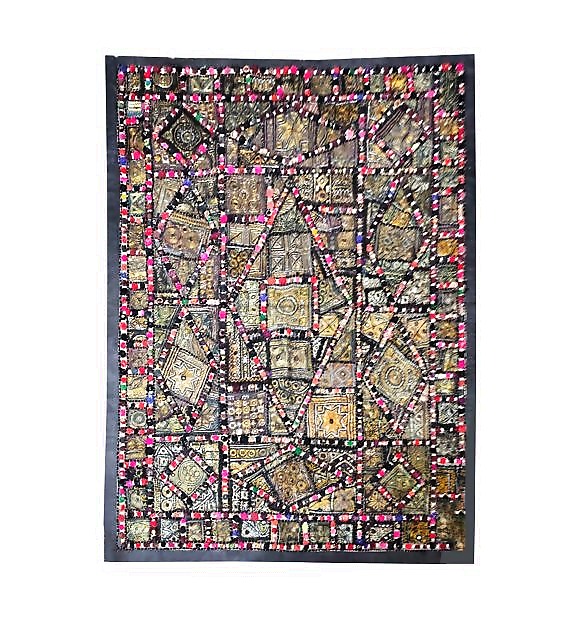
The embroidery, practised by women, is generally done on cotton fabric, in the form of a net using silk or cotton threads of myriad hues.
Certain patterns are also crafted on silk and satin. The types of stitches adopted are square chain, double buttonhole, pattern darning, running stitch, satin and straight stitches.
The signature effect of the colorful embroidery shines when small mirrors called ‘abhla’ are sewn over the geometrically shaped designs.
PASHMINA STOLE IN A PAPIER MACHE BOX FROM J&K FOR PM OF SWEDEN
A symbol of luxury and elegance, Kashmiri Pashmina stoles have been treasured for their rare material, exquisite craftsmanship and reminiscent designs. The warmth and softness that these stoles offer is beyond comparison.
Pashmina is an exclusive art of the Union Territory of Kashmir, which is known for producing for one of the finest Pashmina stoles.
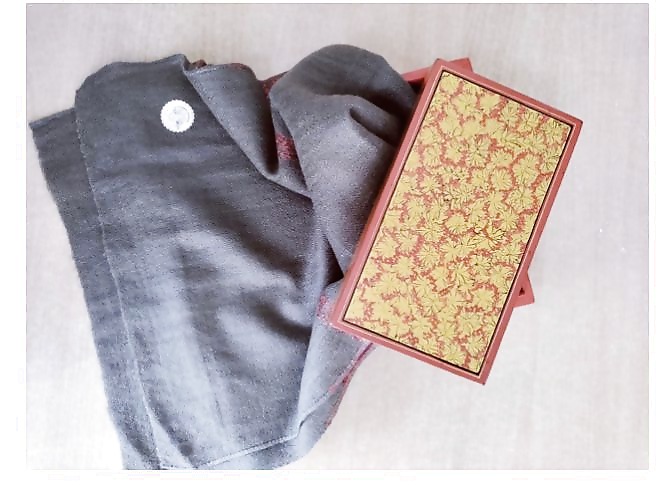
The wool used for making Pashmina stoles comes from a special breed of Kashmiri goat found in the high-altitude regions of the Himalayas.
A good Pashmina stole requires an expert hand for spinning, weaving and creating embroidery. The art of weaving Pashmina and hand-embroidery on Pashminas has been passed on as a legacy for generations.
The Pashmina stole is packed in a Kashmir papier mache box which is handcrafted and coloured. The piece is handpainted in the floral design depicting flora and fauna of the Kashmir Valley. The design used in this piece is an intricate pattern drawn with a fine thin brush.
Water-based colours and natural pigments have been used in this piece. Pure gold foil and paint has been used in the design which imparts a royal look to the piece. Finally, the piece is coated with lacquer which protects it from water and gives it extra durability.
Read all the Latest India News here



















Comments
0 comment